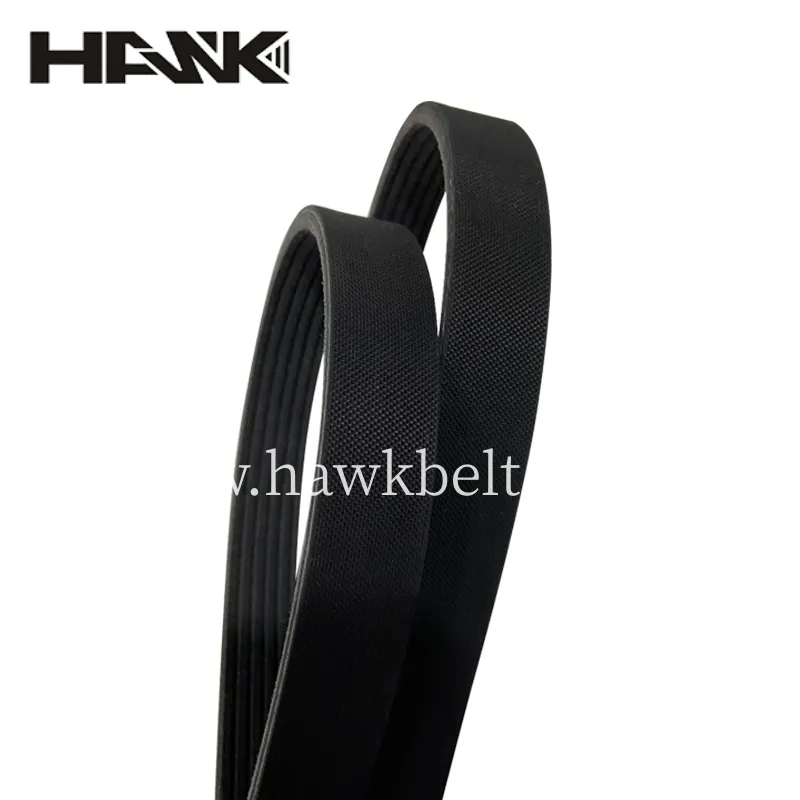- Arabic
- French
- Russian
- Spanish
- Portuguese
- Turkish
- Armenian
- English
- Albanian
- Amharic
- Azerbaijani
- Basque
- Belarusian
- Bengali
- Bosnian
- Bulgarian
- Catalan
- Cebuano
- Corsican
- Croatian
- Czech
- Danish
- Dutch
- Afrikaans
- Esperanto
- Estonian
- Finnish
- Frisian
- Galician
- Georgian
- German
- Greek
- Gujarati
- Haitian Creole
- hausa
- hawaiian
- Hebrew
- Hindi
- Miao
- Hungarian
- Icelandic
- igbo
- Indonesian
- irish
- Italian
- Japanese
- Javanese
- Kannada
- kazakh
- Khmer
- Rwandese
- Korean
- Kurdish
- Kyrgyz
- Lao
- Latin
- Latvian
- Lithuanian
- Luxembourgish
- Macedonian
- Malgashi
- Malay
- Malayalam
- Maltese
- Maori
- Marathi
- Mongolian
- Myanmar
- Nepali
- Norwegian
- Norwegian
- Occitan
- Pashto
- Persian
- Polish
- Punjabi
- Romanian
- Samoan
- Scottish Gaelic
- Serbian
- Sesotho
- Shona
- Sindhi
- Sinhala
- Slovak
- Slovenian
- Somali
- Sundanese
- Swahili
- Swedish
- Tagalog
- Tajik
- Tamil
- Tatar
- Telugu
- Thai
- Turkmen
- Ukrainian
- Urdu
- Uighur
- Uzbek
- Vietnamese
- Welsh
- Bantu
- Yiddish
- Yoruba
- Zulu
अक्टूबर . 13, 2024 08:13 Back to list
V-Belt Production Equipment for Efficient Manufacturing Solutions
The Importance of V-Belt Making Machines Revolutionizing the Production Process
In the modern industrial landscape, efficiency and precision are paramount. One of the critical components that facilitate smoother operations in various machinery is the v-belt. V-belts are widely used in engines, conveyors, and numerous other applications due to their effectiveness in transmitting power between shafts. As demand for these essential components increases, the role of v-belt making machines becomes increasingly important.
Understanding V-Belts
V-belts are characterized by their V-shaped cross-section, which allows them to grip pulleys effectively without slipping, enabling a more efficient transfer of energy. These belts are made from high-quality rubber or synthetic materials, designed to withstand wear and tear, high temperatures, and varying loads. Their construction typically includes layers of fabric that provide strength and flexibility.
The development of v-belts has significantly influenced machinery design across various industries, including automotive, agriculture, and manufacturing. Consequently, the need for a reliable and efficient v-belt making machine has become critical for manufacturers looking to meet market demands.
Functionality of V-Belt Making Machines
V-belt making machines are specialized equipment designed to manufacture v-belts in various sizes and specifications. These machines streamline the production process, reducing manual labor and enhancing precision. Modern v-belt making machines utilize advanced technology, including computerized controls and automation systems, to ensure high-quality output.
The production process typically involves several key stages
1. Material Preparation The raw materials, usually a combination of rubber compounds, are prepared and mixed according to specific formulations that provide the required durability and flexibility.
2. Shaping The mixed material is fed into the machine, where it is shaped into the characteristic V-profile. This step may involve molding, extrusion, or a combination of both, depending on the specific design of the v-belt.
v belt making machine

3. Reinforcement To enhance the v-belt's strength, layers of fabric or wire may be added during the shaping process. This reinforcement is crucial for the belt's ability to handle heavy loads and resist stretching.
4. Curing The shaped and reinforced v-belts undergo a curing process, wherein they are subjected to heat and pressure to solidify their structure and ensure durability.
5. Finishing Finally, the v-belts are cut to the required lengths, and quality checks are performed to ensure they meet industry standards.
Advantages of Automated V-Belt Production
The automation of v-belt making presents numerous benefits. Firstly, it significantly reduces production times, allowing manufacturers to meet high demands swiftly. Additionally, by minimizing human intervention, the risk of errors is lowered, leading to consistent product quality.
Furthermore, modern v-belt making machines are designed for flexibility, enabling manufacturers to produce a wide range of v-belt sizes and types without extensive reconfiguration. This adaptability is particularly advantageous in today's rapidly changing market, where customization is often required.
Economic Impact
Investing in advanced v-belt manufacturing technology can lead to substantial cost savings for companies. Reduced labor costs, fewer material wastages, and increased production capacity all contribute to improved profit margins. As industries increasingly recognize these advantages, the market for v-belt making machines continues to grow.
Conclusion
In conclusion, v-belt making machines play a crucial role in the modern manufacturing landscape. These machines not only boost production efficiency but also ensure the quality and durability of v-belts, which are essential components in various machinery. As technology advances, the potential for innovation in v-belt production is vast, promising even better solutions to meet the demands of diverse industries. For manufacturers, embracing these machines is not merely an option; it is a strategic necessity to remain competitive in a fast-evolving market.
-
Korean Auto Parts Timing Belt 24312-37500 For Hyundai/Kia
NewsMar.07,2025
-
7PK2300 90916-T2024 RIBBED BELT POLY V BELT PK BELT
NewsMar.07,2025
-
Chinese Auto Belt Factory 310-2M-22 For BMW/Mercedes-Benz
NewsMar.07,2025
-
Chinese Auto Belt Factory 310-2M-22 For BMW/Mercedes-Benz
NewsMar.07,2025
-
90916-02660 PK Belt 6PK1680 For Toyota
NewsMar.07,2025
-
drive belt serpentine belt
NewsMar.07,2025

